This blog series is made possible with support from The Lemelson Foundation in celebration of their 20-year history of improving lives through invention.
The industry of “design for social impact” is on the rise. So why are so many great ideas -- that could improve the lives of people in the developing world -- sitting unused in a pile of abandoned prototypes? To date, human-centered design has primarily been used to create products that feed the ever-growing consumer culture in the western world. Design that Matters sees a monumental opportunity to use human-centered design to create life-saving technologies that meet the needs of the poor.
Design that Matters uses the power of human-centered design to apply the best technology to the needs of the poor in developing countries. With visionary support from The Lemelson Foundation 2011-2013, Design that Matters formed a partnership with East Meets West Foundation (an affiliate of Thrive Networks) and Vietnamese manufacturer Medical Technology Transfer and Services (MTTS) to invent, design, test, manufacture, and deliver innovations to serve the needs of poor communities around the world. Our first product is Firefly Newborn Phototherapy, a world-class technology that has already treated over five thousand newborns with jaundice in nine countries. In the process, our implementation and manufacturing partners became true believers in the power of human-centered design.
In designing Firefly newborn phototherapy, DtM transformed our Vietnamese manufacturing partner, expanding their impact on newborn health within Southeast Asia and positioning their designs to go global. Through multiple meetings with MTTS in the U.S. and Vietnam, collaborative field research, joint brainstorms, industrial design exercises, design reviews, and manufacturing tours, DtM planted the seed. MTTS took on a new suite of fabrication capabilities from in-house tube bending to partnerships with plastic manufacturers and rapid prototyping houses. They also hired an industrial designer to make all of their other products more user-friendly, aesthetically pleasing, and desirable. MTTS now depends on human-centered design and rapid prototyping as tools to shape their designs early in the development cycle.
How did we do it? We are pleased to announce a series of essays supported by The Lemelson Foundation sharing lessons learned from the design and launch of Firefly. This blog series will be published through the new DtM blog over the course of 2014 beginning today.
This case study of our partnership demonstrates the ways in which innovators can bridge the technology implementation gap in low resource settings, bringing great ideas into fully-formed products with massive impact. Initially released as a series of blog posts, this case study provides instruction in how to develop catalytic partnerships that have resounding impact within low-resource communities. We hope to amplify the impact of the Firefly project by inspiring and informing young inventors, academics, and social enterprises to undertake new design and manufacturing challenges using human-centered design with a special focus on positive impact for those living in poverty.
With visionary support from The Lemelson Foundation 2011-2013, Design that Matters formed a partnership with East Meets West Foundation (an affiliate of Thrive Networks) and Vietnamese manufacturer Medical Technology Transfer and Services to invent, design, test, manufacture, and deliver innovations to serve the needs of poor communities around the world. Our first product is Firefly Newborn Phototherapy, a world-class technology to treat newborns with jaundice. Firefly has won many awards including the Edison Award Gold, the top Spark! design award, IDSA IDEA Silver, and was featured in the October 2013 Fast Company Innovation by Design Award issue. Firefly is listed in the 2013 World Health Organization Compendium of Medical Devices highlighting the most innovative health technologies for low resource settings. As of October 1 2014, Firefly devices have treated over 5,000 newborns in ten developing countries across Southeast Asia (Vietnam, Myanmar, Cambodia, East Timor, the Philippines, Thailand, Malaysia), Sub-Saharan Africa (Ghana and Burundi), and the Caribbean (Haiti). Together, we expect to distribute at least 1,000 Firefly devices, reaching over 500,000 newborns.
Click here to read more about DtM Shares: Lessons Learned from the Design and Launch of Firefly Phototherapy.


